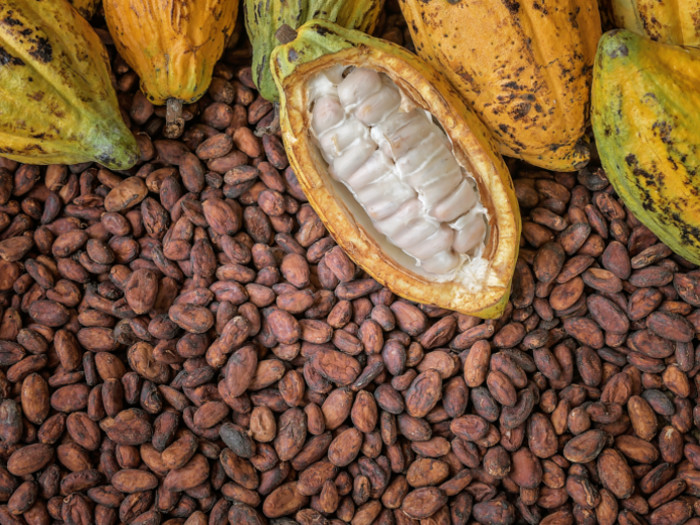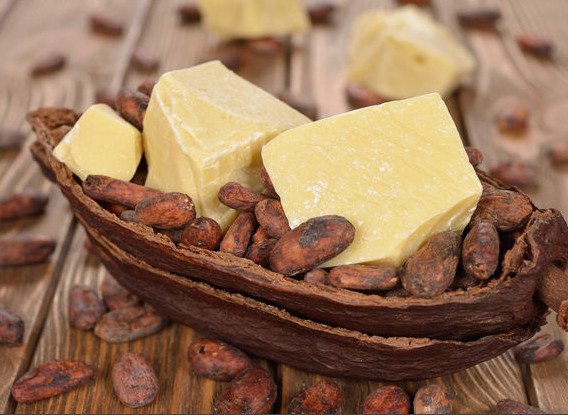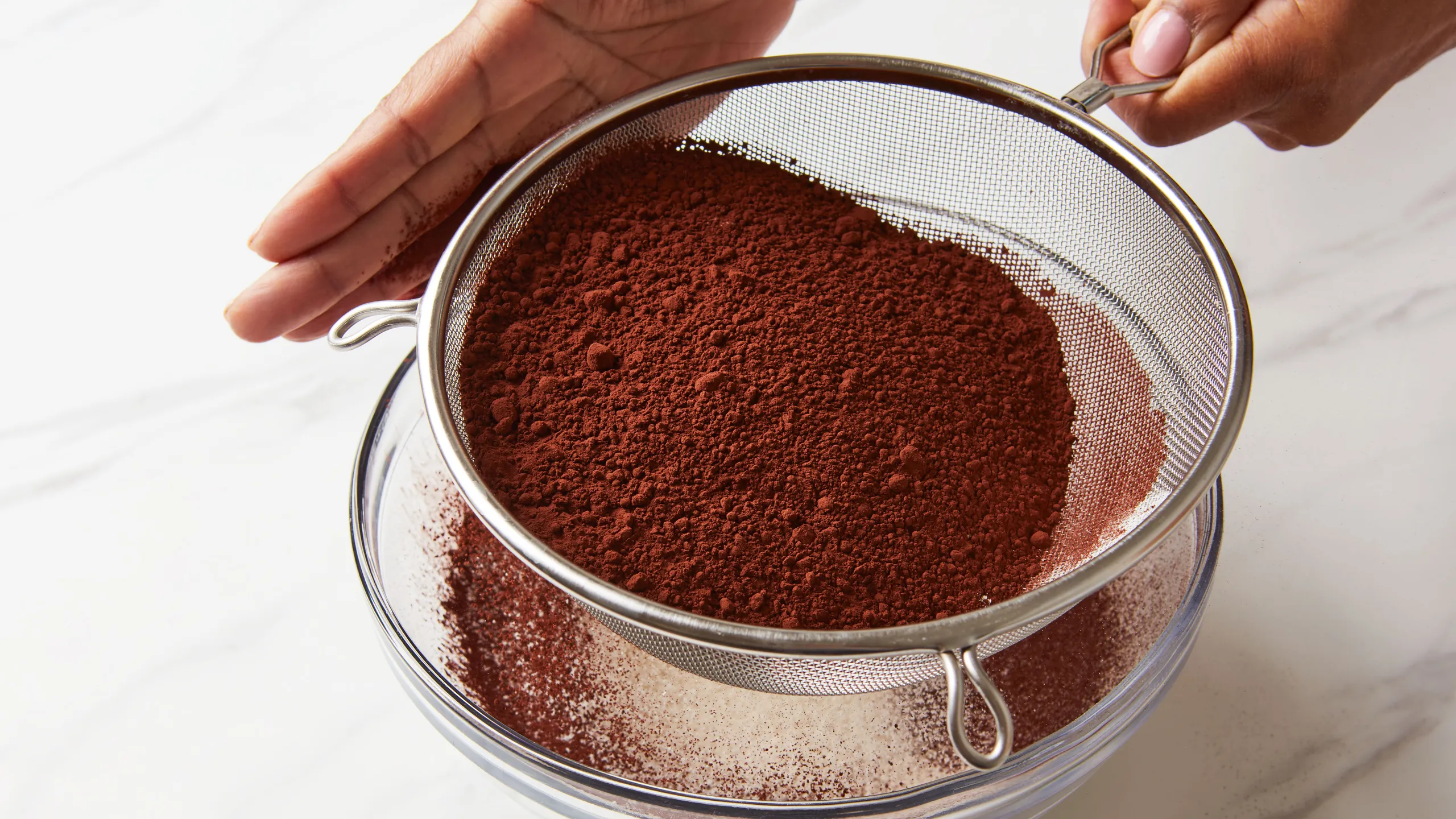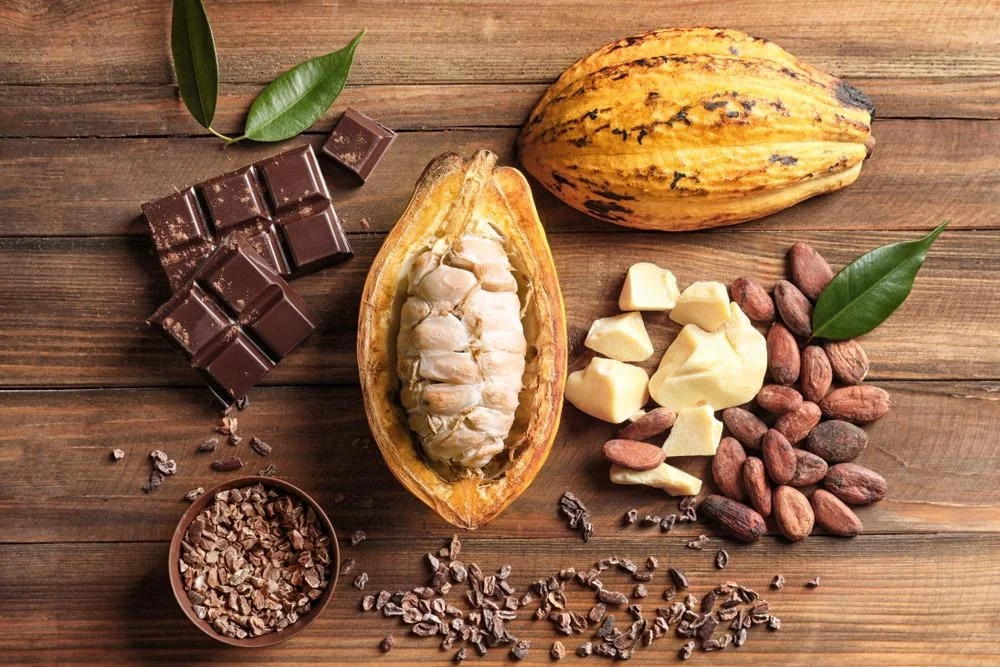Cocoa is not only the essential ingredient in chocolate but a cornerstone of rural economies in several tropical regions. The journey from cocoa bean to the array of processed products enjoyed worldwide involves a complex value chain, rooted in some of the world’s most dynamic agricultural economies.
Where Is Cocoa Produced Most?
Global cocoa production centers overwhelmingly in West Africa, with significant contributions from South America and Southeast Asia. As of 2025, the top producers are:
- Côte d’Ivoire (Ivory Coast): The world’s cocoa superpower, producing around 2.2–2.4 million tonnes annually—about one-third of global output. Cocoa farming sustains the livelihoods of over five million Ivorians, mostly smallholders.
- Ghana: The second-largest producer, yielding 650,000–1.1 million tonnes per year. Ghanaian cocoa is prized for its high quality and is a foundation of the global chocolate industry.
- Indonesia: The leading Asian producer, consistently outputting 640,000–670,000 tonnes annually. Indonesian cocoa is exported both in its raw and semi-processed forms.
- Ecuador: South America’s top cocoa nation, with 370,000–400,000 tonnes. It is a world leader in fine-flavour and specialty cocoa sought after by premium chocolate makers.
- Other notable producers include Nigeria, Cameroon, Brazil, Peru, and the Dominican Republic. Together with the top four, these countries account for the vast majority of global supply.
Worldwide, cocoa is grown by around five to six million smallholder farmers, primarily across humid tropical zones in Africa, South America, and Southeast Asia.

Major Processed Products from Cocoa
Cocoa undergoes several stages of processing before reaching consumers in its many beloved forms. Key processed products include:
1. Cocoa Mass (Cocoa Liquor)
Once harvested, fermented, and dried, the cocoa beans are roasted and ground into a liquid known as cocoa mass or liquor. This is the base ingredient for all chocolate products and further derivative products.
2. Cocoa Butter
Extracted from cocoa mass by high-pressure pressing, cocoa butter is a pale yellow, edible fat that is crucial for making chocolate, cosmetics, and pharmaceuticals due to its smooth texture and stability. In chocolate, it lends the signature melt-in-the-mouth sensation.

3. Cocoa Powder
The solid remains after extracting cocoa butter—called cocoa cake—are pulverized into cocoa powder. This powder is a staple for baking, beverages, flavorings, ice cream, and cake mixes.

4. Chocolate (Solid and Liquid)
A range of chocolate types (dark, milk, white) is produced by combining cocoa mass, cocoa butter, sugar, and milk solids in varying proportions. Chocolates make up the largest downstream use of processed cocoa products.

5. Other By-products
- Cocoa cakes (compressed blocks, sometimes used for animal feed or further processing)
- Pectin and Potash: Processed sometimes as industrial or food processing by-products
- Cosmetics and Toiletries: Cocoa butter, due to its antioxidant and hydrating qualities, is used in lotions, soaps, and lip balms.
Global Cocoa Processing and Consumption Hotspots
While most cocoa is farmed in the tropics, a significant share is processed in Europe and North America. For example:
- Europe accounts for over one-third of global cocoa bean grinding, with countries like the Netherlands (notably processing around 590,000 tonnes) and Switzerland being major hubs. This is due to advanced processing infrastructure, global trade connections, and proximity to major chocolate manufacturers.
- Major chocolate manufacturing also takes place in the USA, supported by domestic and imported processing facilities. Companies like Hershey, Barry Callebaut, and Cargill are leading global processors.
Conclusion
Cocoa’s global journey—from humid smallholder farms in West Africa, South America, and Southeast Asia to the refined chocolate bars and beauty products of the world—depends on both the expertise of millions of growers and the sophistication of international processing and distribution. As demand for cocoa and chocolate continues to grow, the sector remains a vital component of both local economies and global trade, offering an ever-expanding portfolio of delicious and essential products.
About us
Try it for yourself. Freshdi.com
Global Agri B2B Marketplace.

